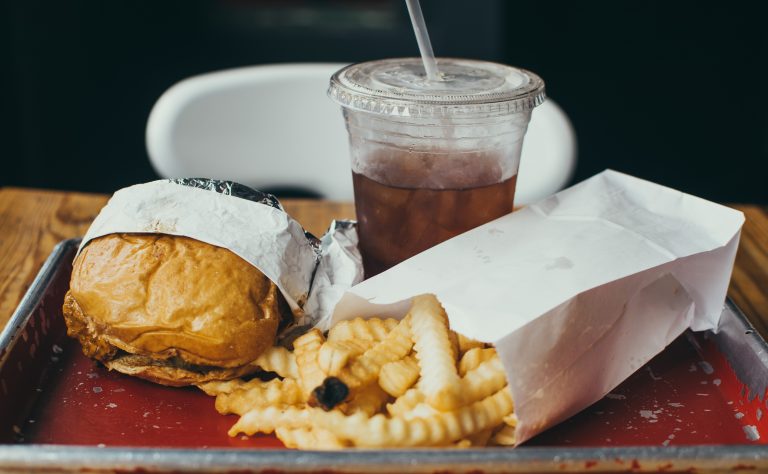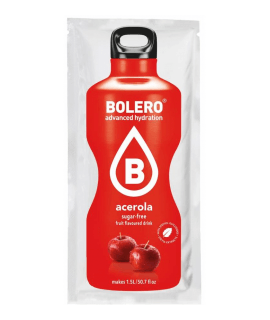We have a problem with something that you can neither see, taste, nor smell. It's about calories, which we eat on average a lot more than 730,000 a year.
Calories - an eternally up-to-date topic dealt with by growing masses of slimming people around the world. Although more and more information about them can be found on the labels of food products, in the restaurant menu or on websites, still know about them causes consternation. Few people know what they are and what they mean to health, even though an increasing percentage of the population of highly developed countries is overweight or obese. Hardly anyone knows how to interpret and use information available about them. Such conclusions come from a book titled "Why Calories Count From Science to Politics" (which is important from science to politics), which was written by Marion Nestle and Malden Nesheim, American Nutritionists, and which was published on April 1, 2012. This publication aims to explain to everyone who is calories, where they come from, how their different sources affect the body and why it is so easy to eat more than they need.
The authors of the book state that people can be shocked by the calorie content of dishes and snacks they reach for. Marion Nestle's co-worker, Lisa Young, asked the students how many calories a carbonated drink with a volume of nearly 2 liters (64 ounces - 1.89 liters). Before she asked them for an answer, she reported that a bottle of the same 0.2-liter beverage contained 100 kcal. The students most often answered that the large bottle contains 400 kcal, although the truth is that it has a value of up to 900 kcal. This is an example of how people estimate the calorific value of food and drinks. Information given on packaging often causes people to make calculations badly. The number of calories per 100 g of the product is not always sufficient knowledge, because how many calories contains 235 g of the same product, or one cake of 12 contained in the package on which the calorie is given in 100 g?
Another problem is the size of portions served in bars and restaurants. 450 g of pasta is a portion for eight people, not three or four! Italians eat about 50 g of pasta in a serving, not several hundred, as the Americans usually do. Professor Nestle said that in the US, pizza for one person can be up to 2,100 kcal, and that's the value a woman's whole day diet should have.
Interestingly, overeating may be facilitated by the slogans that some products are provided with. "Organic", "0% fat", "pro-health product" - these are the signs that make us feel absolved from eating such products in excess.
The authors of the book write that most people underestimate the calorie content of their meals. People who took part in the Nurses' health Study test claimed that they eat 1600 kcal per day, with the majority having a BMI around 26, which is clearly overweight!
However, Marion Nestle does not recommend counting calories and does not do it herself. He advises you to pay attention to what you eat and in what quantities. The diet of each of us should abound in vegetables and fruits, and whole grains and lean meat should be eaten in reasonable quantities. We must also avoid worthless foods that, apart from calories, do not contain anything important to our body.
It also turns out that the source of calories, i.e. whether it will be a low-carb or low-fat diet, is much less important for the figure than the fact of reducing the number of calories consumed. It's also much easier to control your diet by looking at the holes in the trouser belt or weight, than counting all the calories that go into our mouths. Self-control of body weight or its circuits is a good way to check whether the diet causes weight gain or just the opposite. Marion Nestle encourages you to regularly control the impact of your diet on body weight and its circuits, because it is much easier to correct your diet and lose weight when you lose a kilo than when you have 15 or 20 of them.
If you think that the problem of overeating or too large portions applies only to US residents, then you are wrong. Here's the calorific value of pizza at the Pizza Hut restaurant (data from pizzahut.com)
- medium pizza (diameter 30 cm): one piece 230-330 kcal; the whole pizza 1840-2640 kcal
- medium pizza (30 cm diameter): on a thin pastry one piece 180-280 kcal; the entire pizza 1440-2240 kcal
- large pizza (diameter 35 cm): one piece 330-480 kcal; the whole pizza 2640-3840 kcal.
This is information about the size of the pizza used in the USA. On the others fast-food sides of restaurants there is no information about the size and calorie of a pizza, but a large pizza is often c.a. 33cm
We decided to have fun calculating the calorie of this pizza, estimating the calorific value per 1 cm of pizza diameter. It turned out that this value can range from 61 to 109 kcal. Thus, a pizza with a diameter of 33 cm will have a calorific value of 2013-3597 kcal.









